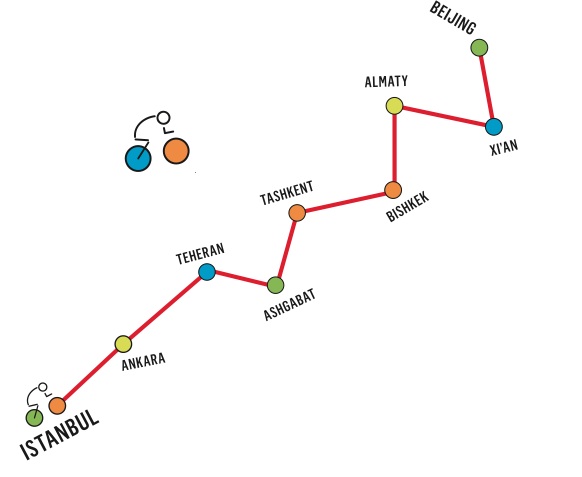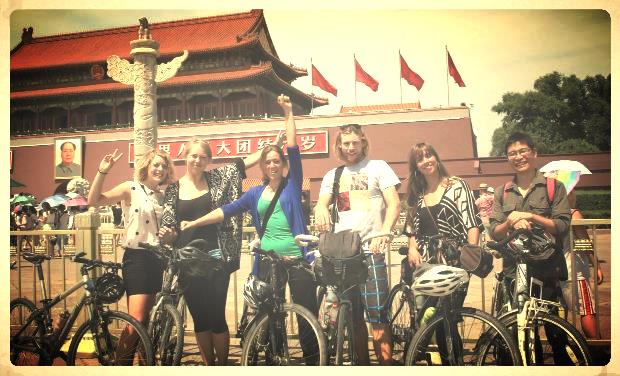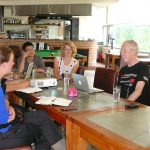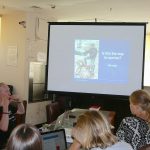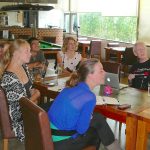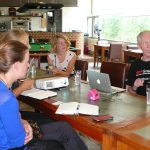France, as well as other EU countries are as opaque as possible about pollution. None gives API or AQI figures. Most still work with PM10 instead of PM2.5. Beijing is more transparent. Maybe Paris needs the US embassy to start measuring. Right today in Beijing at some point the AQI was 112 with PM2.5 of 40 µg/m3 (US embassy) while Beijing says PM10: 370 µg and PM2.5: 71 µg; pollution level 228 (one of the rare moments the US embassy has better readings). The same lack of clarity is in Hong Kong where I have never seen clear AQI or API figures.
What I understand, Belgium is even worse. Not easy to know the figures there. Anyway, their “alarm levels” are a joke for us in Beijing: life would be at a constant stand-still if we applied theirs.
You can check the AQI of Paris (and Belgian cities, as well as Beijing!) here: http://aqicn.org/map/paris/
However the media never refer to those values. And the values are, compared to Beijing, a
dream. Wish we had that “pollution” every single day!
